 |
 |
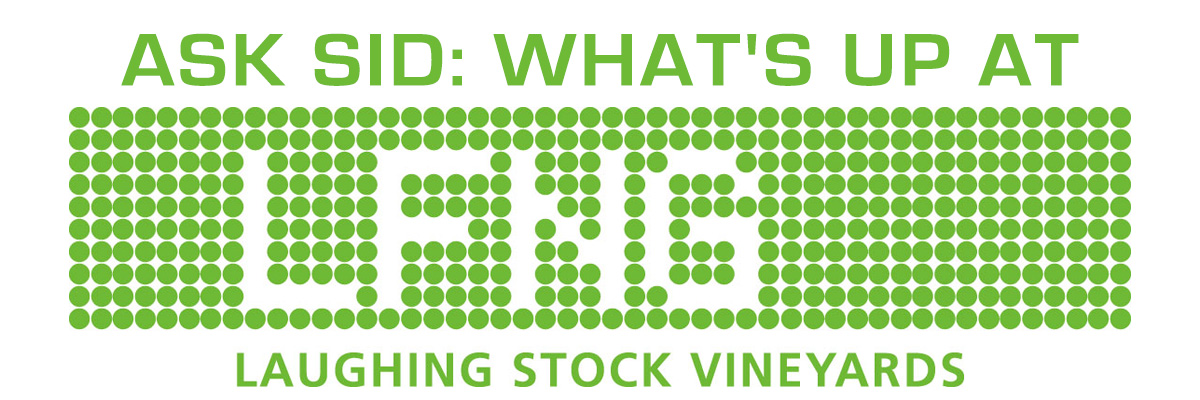
Question: What are your thoughts on the current status concerning that fun named Laughing Stock winery in the Okanagan Valley of British Columbia?
You might also like:
You might also like:
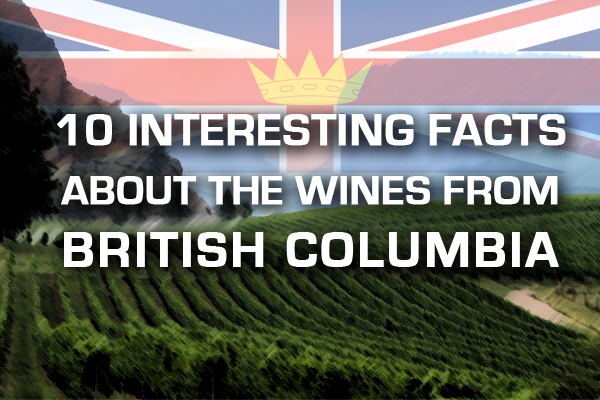 |
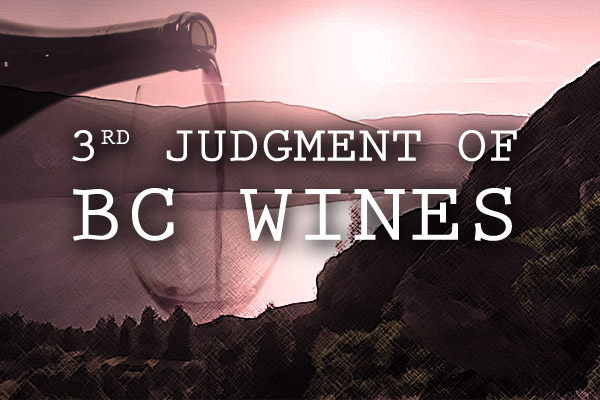 |
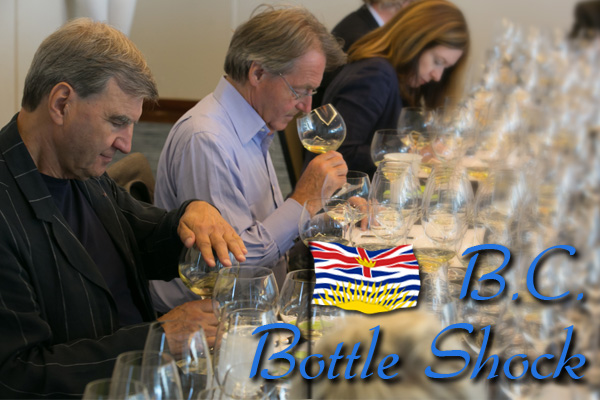 |
 |
 |

Question: What are your thoughts on the current status concerning that fun named Laughing Stock winery in the Okanagan Valley of British Columbia?
You might also like:
You might also like:
 |
 |
 |
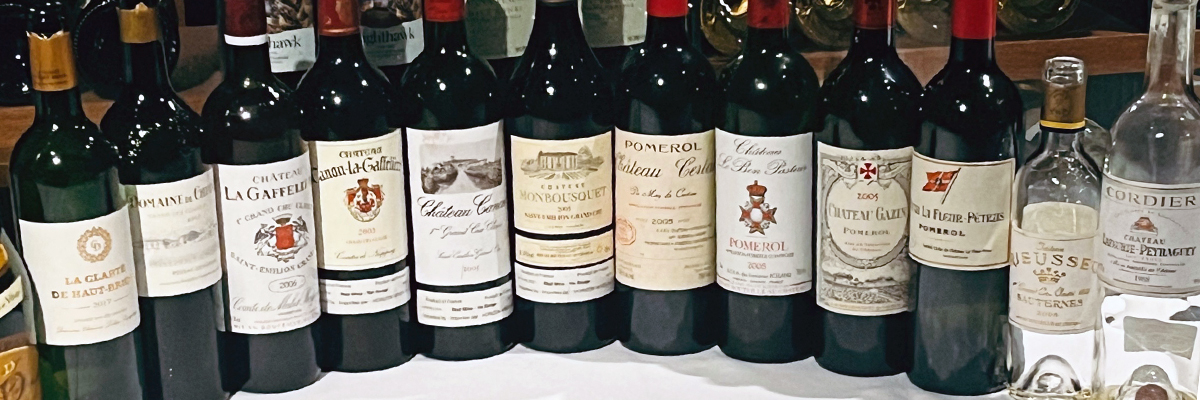
Our Commanderie de Bordeaux in Vancouver is well organized by Maître Fred Withers and CellarMaster Alvin Nirenberg together with their knowledgeable wine team. They put together an interesting tasting/dinner held at Blue Water Cafe on June 17, 2025 focusing on the 2005 vintage from the Right Bank of Bordeaux. There were two main flights of 4 St. Emilion followed by 4 Pomerol that gave you the opportunity to study the development of the 2005 vintage but also compare the terroir differences from those two appellations. We started with an exquisite riper creamy 2015 JOSE DHONDT MES VIEILLES VIGNES GRAND CRU BLANC DE BLANCS. This long time grower produced their first Cuvee in 1974 with a focus mainly on excellent NV Blanc de Blancs & NV Rose.
However, they have a small parcel of very old Chardonnay “Les Crayeres” vines on the slope of Oger planted by Jose’s grandfather that they sometimes use to make a vintage Champagne as they did in 2015. They use a traditional vertical wooden press with only one “retrousse” of breaking up the compacted grape solids with the 2015 having 6 years on the lees for complexity and disgorged 01/2022. Two top Pessac-Leognan 2017 whites followed with LA CLARTE DE HAUT-BRION (Domaine Clarence Dillon) and DOMAINE DE CHEVALIER (Famille Bernard) served for comparison. Chevalier David Kester well explained the cepage mix with CH-B using 70 Sémillon + 30 Sauvignon Blanc vs the opposite for DdC of 30S + 70SB respectfully. This early result was that they showed so differently with CH-B full rich but closed in somewhat dumb clumsiness compared to the preferred more open fragrant delicate nutty smoky full fruit of DdC. Delicious with the outstanding Turbot course. Both will age very well indeed and evolve closer together in style as the Semillon develops in bottle with more time. Makes sense similar to what you find in a dry Tyrrell Vat 1 Semillon or sweet Sauternes using a lot of Semillon. Your scribe admired both of them presently and for the future. Chevalier NIck Wright expressed his perspective for preferring the DdC as “more intense and complex, delightful flinty character with excellent acidity.” He “favours white Bordeaux with a higher percentage of SB” because the wines are “tighter with better definition, lighter in weight, and have more of that flinty character which is so appealing.”
The First Flight of four 2005 ST. EMILION shone with the Duck breast dish:
2005 CHATEAU LA GAFFELIERE: Long time property of Comte de Malet Roquefort shows darkest ripe concentrated fruit with some tannins still left. Drinking well but structured with no rush. 50 Merlot/45 Cab Franc/5 Cab Sauv blend of true pure St. Emilion definition. No volatile acidity issues from the old days like 1970. Producing outstanding wines now.
2005 CHÂTEAU CANON-la-GAFFELIÈRE: Similar blend of 55 M/35CF/10CS with a paler rim sings eloquently with excellent open diverse seductive aromatics. Comtes de Neipperg has produced a balanced rounder polished styling on a lovely plateau of enjoyment already. Long finish. Will continue to develop. Well done.
2005 CHÂTEAU CANON: Much rounder Merlot (80%) with 20% Cab Franc used by the remarkable winemaster John Kolasa (and David Orr) for quality Chanel ownership emphasis – same as at Rauzan-Segla. Impressive intense rich multi-flavoured fruit with elegance still developing. Beautiful complexity. Group favourite.
2005 CHÂTEAU MONBOUSQUET: Bought in 1993 by Gerard Perse (who later acquired Pavie in 1998) and an underrated value property that has excelled in 2005. Softer tannins show forward spicy cherry showy fruit using a majority of Merlot (60%)/ CF(30%)/ and 10CS. Easy pleasant ready and a delightful surprise.
New Chevalier Yves Potvin made his first welcomed comments on this flight. He believed they were well structured and would continue to age well. He threw out the stat that Bordeaux produces 900 Million bottles a year of which only 4% is St. Emilion. Asked if 2005 vintage is better than 2009 & 2010?
Nick Wright “likes this nice middle age drinking window of 20 years for St. Emilion with still potential for further aging.” He prefers that “they all showed very well with that softer Merlot, ripe and appealing, and all were very consistent in quality and style.” Nick finds “they often develop a very herbaceous leafy character in older age and become less consistent.”
Second Flight of Pomerol perfectly matched with the lamb course including that special braised lamb neck:
2005 CHÂTEAU CERTAN DE MAY: The Barreau-Badar family have this high plateau top property situated between Vieux Ch. Certan, Petrus, and Lafleur-Petrus. Like the layered darker fruits so textured and classy sweet flavours all in balance. Complex, stylish, and iron terroir textbook Pomerol. My flight fav.
2005 CHÂTEAU LE BON PASTEUR: Home of Dany & Michel Rollland with a less heralded simpler Pomerol terroir but have excelled as an overachiever in 2005. Better power and concentration than many vintages for them. Approachable with a medicinal mineral salts flavour. Rather good.
2005 CHÂTEAU GAZIN: Mixed feelings as surprises with darkest solid extracted powerful ripe fruit with acidity. Very big but some velvet smoothness on entry seems a bit disjointed and hot on the finish. Maybe caught here at less than the ideal time and will find better bottles and might come together with more aging.
2005 CHATEAU LAFLEUR-PETRUS: Quite sous-bois earthy less clean initially but clears somewhat opening up in the glass to more cherries, prune-plum, and exotic floral spices. Lighter bodied than expected but is elegant and long on the palate. Enjoy this vintage of LFP currently – but not the best bottle here.
Chevalier Michael Noble presented an excellent overview on these Pomerols. Nick commented that “something magical happens when Merlot is planted in the soils of Pomerol as the wines have a much greater complexity and depth of flavour.” Nick
liked the second flight even better than your scribe saying “the wines were lovely, great balance, unique in their styling, drinking beautifully, Merlot at its very best.” Sounds like he is describing 2005 Chateau Petrus!
2005 CHATEAU RIEUSSEC SAUTERNES: A good vintage for them with 90% Semillon/8SB and 2 Muscadelle. Usually Rieussec is typically dark coloured but less so here. This R has botrytis plus orange marmalade but with drier fresher tension from a lower pH than some vintages.
1988 CHÂTEAU LAFAURIE-PEYRAGUEY SAUTERNES: The first of the famous trio of Sauternes vintages. A comparison for R with an older more mature sweeter style but with excellent acidity balance as well. More typical.
You might also like:
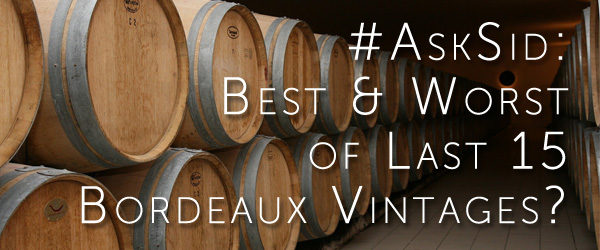 |
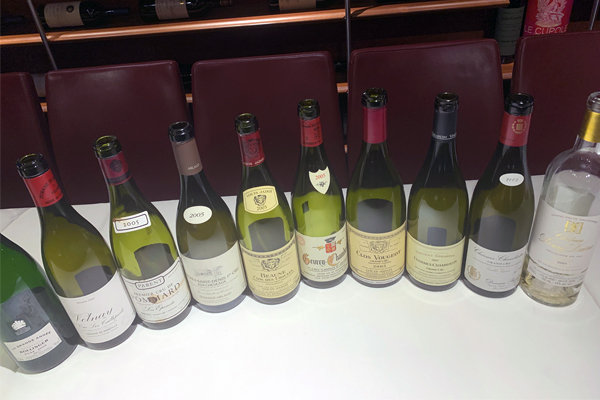 |
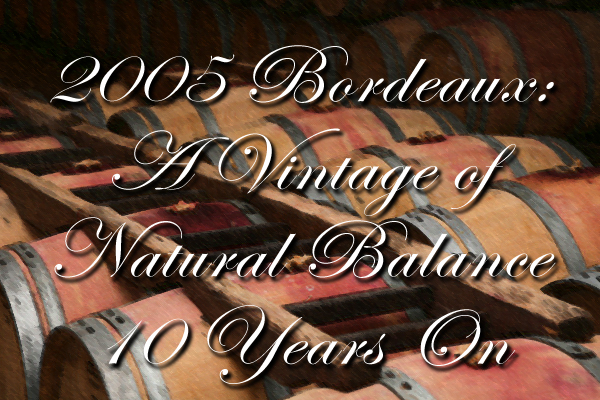 |
 |
 |

Question: Any update on US tariffs on Wines and the ongoing Crafted in BC wine program for 2025 vintage?
You might also like:
 |
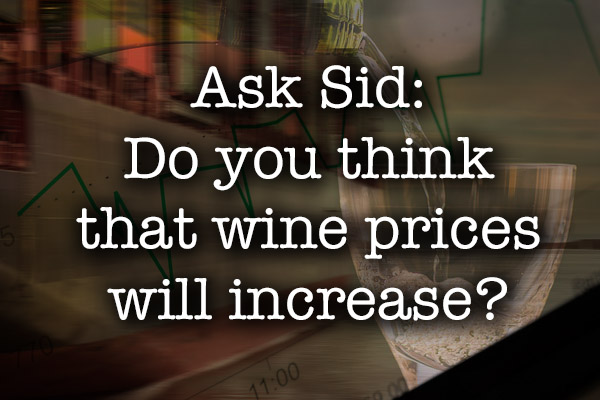 |
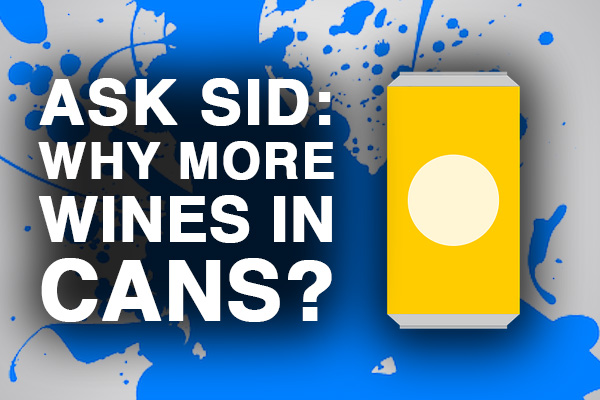 |
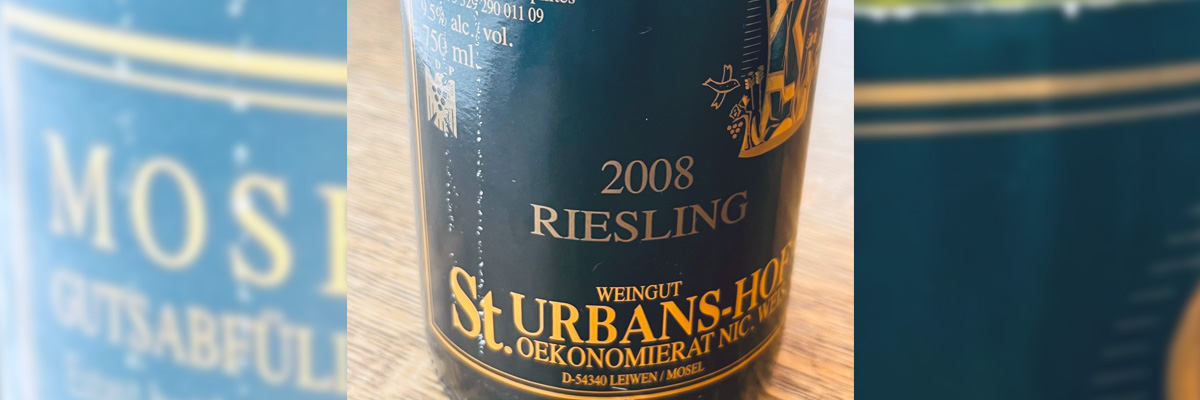
Wines produced from the Riesling grape remain media favs but are less appreciated by consumers. The wide scope of their successful varying styles from increasingly popular trocken dry to special pradikatswein sweeter versions adds to the overall confusion. Still somewhat difficult for the wine consumer to know exactly what balance of acidity and sugar levels they will find in any bottle of Riesling and whether that combination is what they actually prefer drinking or matching with food.
Your scribe is a big admirer of Nik Weis wine caretaker/owner of St. Urbans-Hof and posted here with details on April 10, 2016 a memorable tasting he conducted in Vancouver. I regularly have been collecting and enjoying his St. Urbans-Hof winery (located in the village of Leiwen in the Mosel Valley of Germany) Estate Bottled “From Old Vines” Riesling. His estate vineyard planted in the late forties by his grandfather exclusively to Riesling situated on many of the finest slopes of the Mosel and Saar Rivers are now old vines with deep roots into the slate soils. They are delivering classic complex Riesling at very good value. Originally brought into the BCLDB by Renaissance Wine Imports at only $20 for the 2008, $26 for 2015, and currently available at $35 for the 2023 vintage – all good value for the top quality in the bottle. Just opened this past week my last bottles of 2008 & 2011 (both 9.5 abv) and was delightfully impressed. When younger the bright elegant fruit was off-dry honey with fresh salted peaches, apricots, and juicy limes. With aging that complex stony character with minerals became even more prominent with the signature marmalade/petrol notes in both the more mature fuller 2008 (late ripening good acidity year) and the perfectly balanced still vibrant 2011 (consistent year from ideal harvest). Versatile as a delicious aperitif and pairing so food friendly with the first of the year fresh Copper River Sockeye Salmon and clean Italian-style pasta dishes. Appreciated and sad to have none of those vintages left but luckily still have younger ones.
You can have a similar revelatory experience by acquiring current vintages to enjoy now or with more bottle age. Remember this is their Weis clone 21B Riesling that was planted in both the Okanagan Valley of British Columbia and in Ontario. Support locals too by doing the same with a Riesling bottle from Sperling, Summerhill, Tantalus, Vineland and many others. Tantalus has “old vines” purity originally planted in 1978 and also a new exciting Crafted in BC Riesling 2024. It comes from two sites in Ontario both planted with the Weis 21B Clone: Paul Franciosa at Grimsby Hillside (planted 2007 & 2005) and Mark Picone (his namesake vineyard planted in 2008) with less alcohol at 11.4 abv, low pH 2.83 and balancing tension high acidity 9.16 g/l & 14.8 g/l residual sweetness. Can enjoy now but no rush on any Riesling. At what age do you prefer it? Lots of opportunities presently to learn more about the fantastic Riesling grape and the sensory delights it can joyfully provide. Recommended!
You might also like:
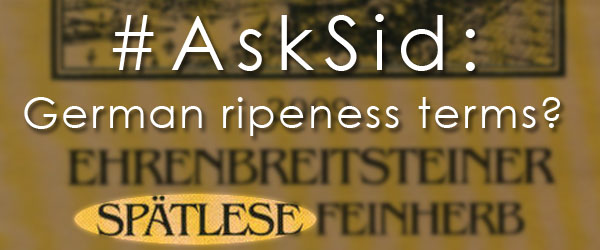 |
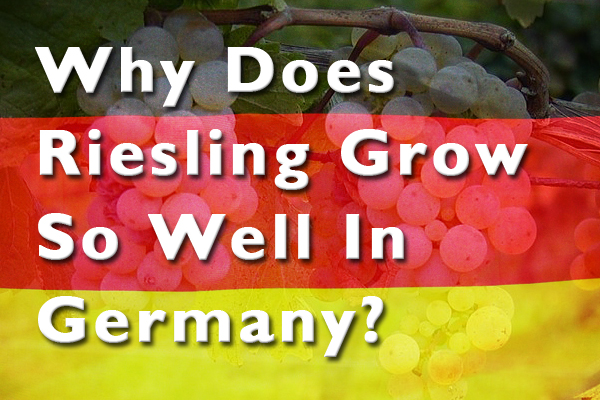 |
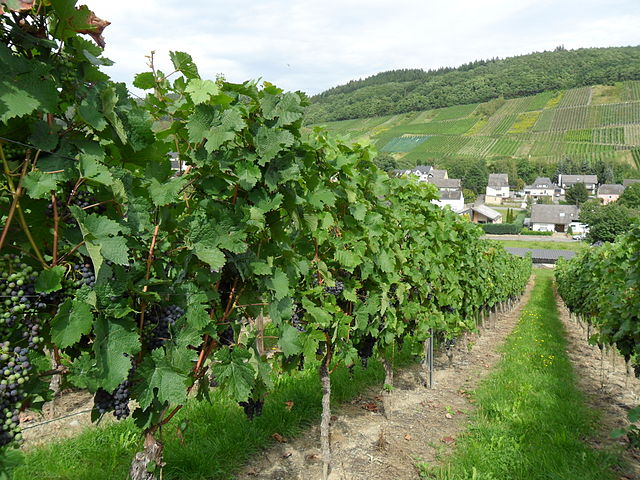 |
 |
 |
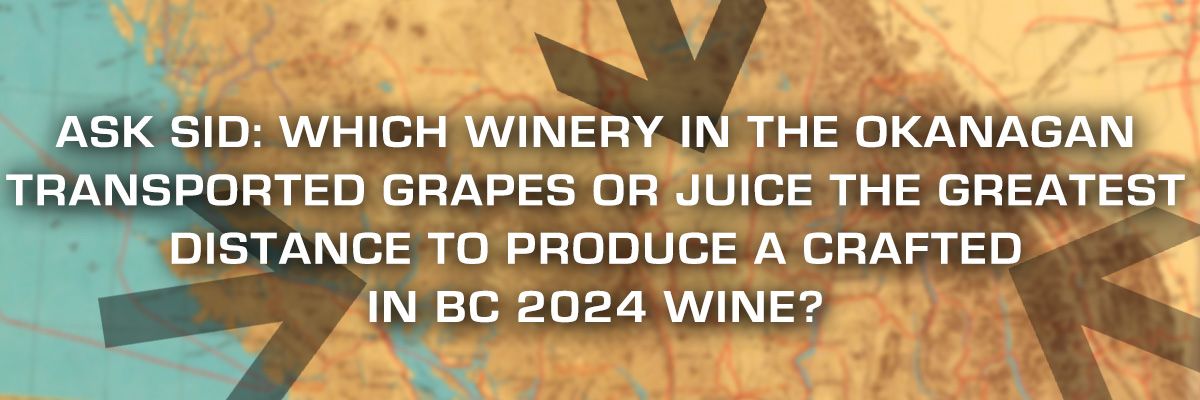
Question: Which winery in the Okanagan transported grapes or juice the greatest distance to produce a Crafted in BC 2024 wine?
Answer: Yes, after the extreme freezing weather of January 2024, many wineries secured replacement fruit using grapes grown outside of British Columbia. Washington State was nearby and was mostly utilized, but Oregon, California, and Ontario were also popular destinations. However, Cedar Creek Estate Winery felt they had to reach out to far away but cool climate Marlborough in New Zealand “to ensure we stay true to our brand’s identity” for their fresh vibrant lively acidity fermented in Stainless steel Sauvignon Blanc 2024.
You might also like:
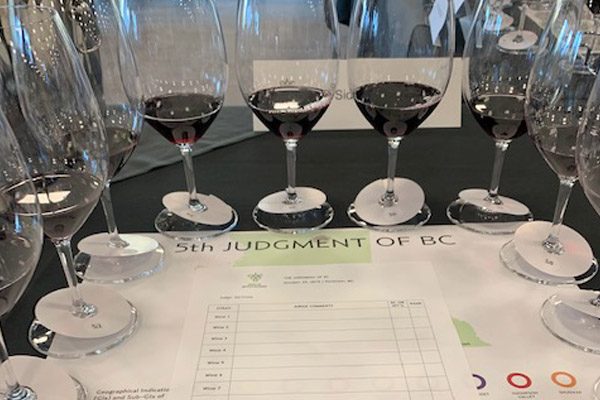 |
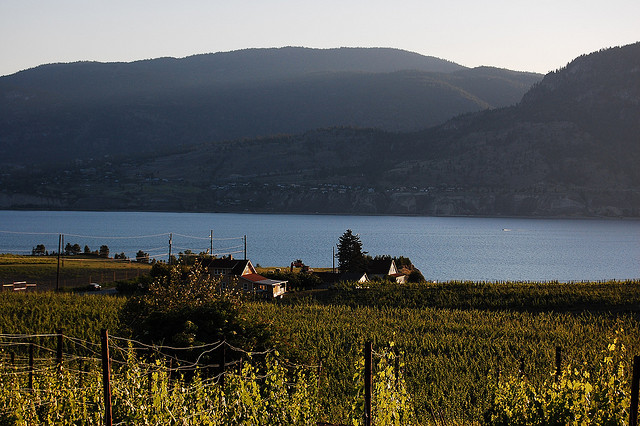 |
 |